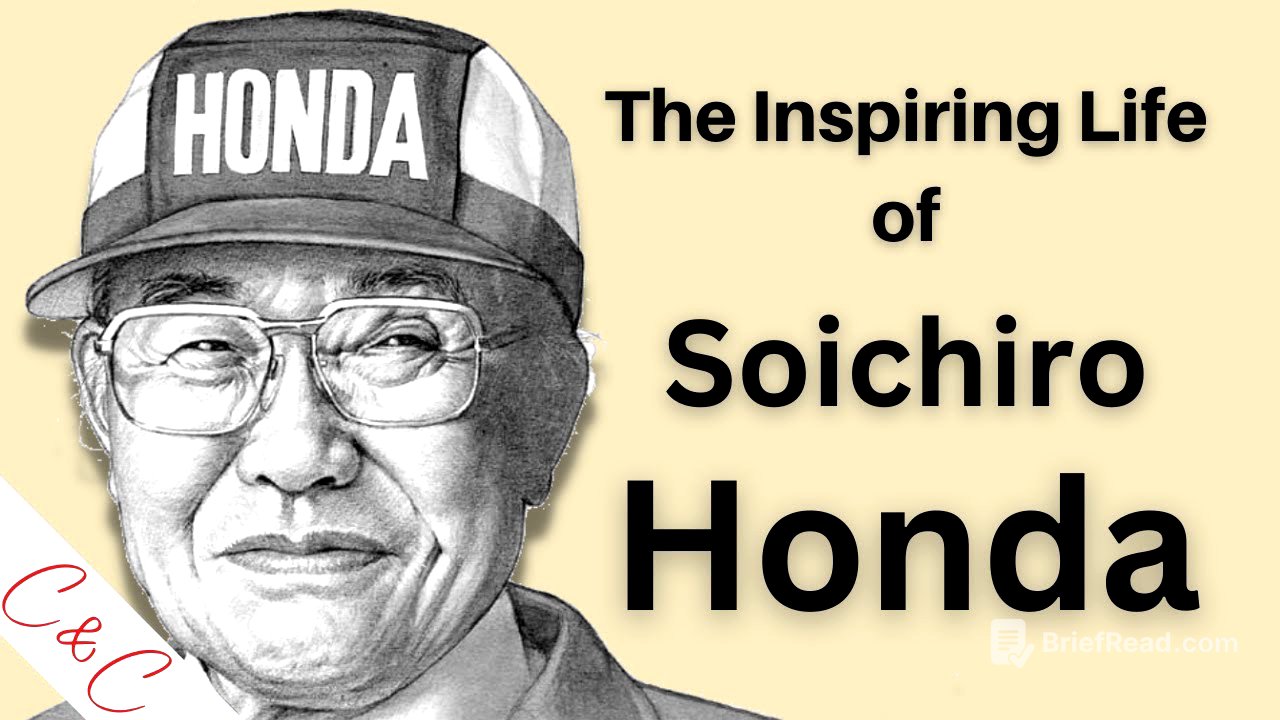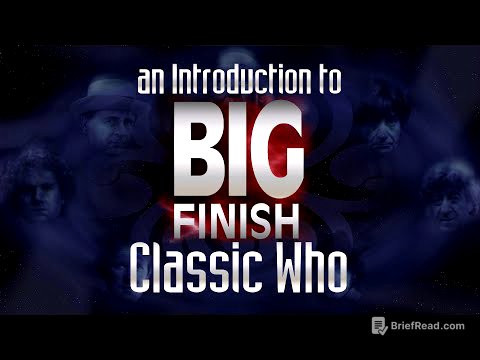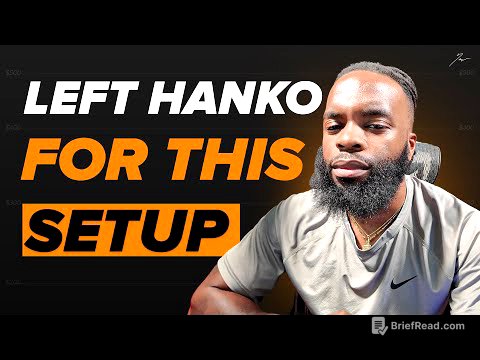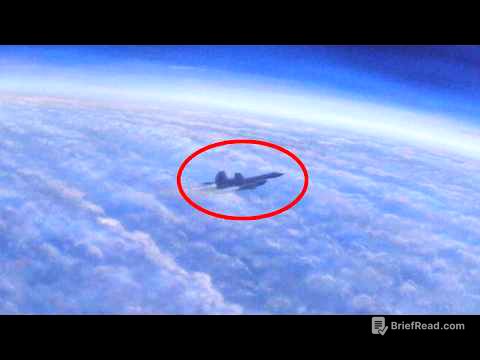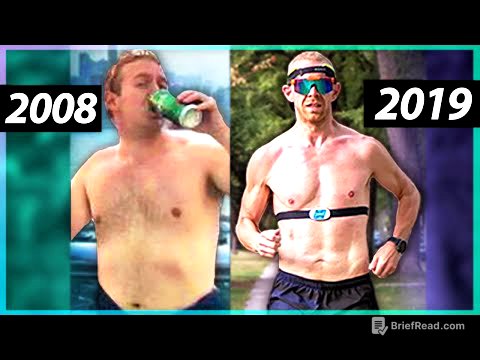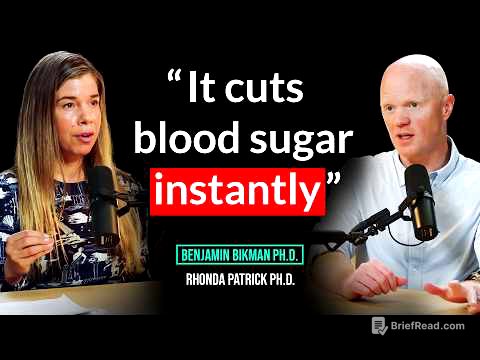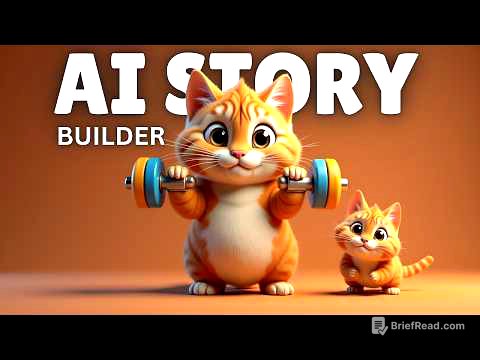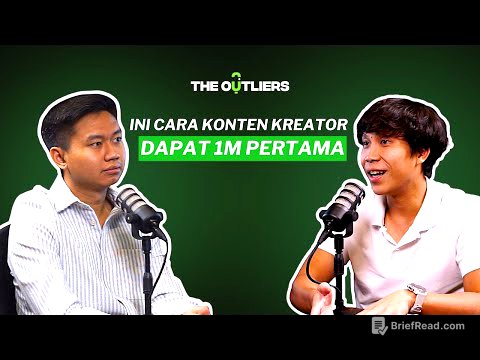TLDR;
This video tells the inspiring life story of Soichiro Honda, the founder of Honda Motor Company. From his humble beginnings in a rural village to building a global automotive empire, Honda's journey is marked by his passion for machines, relentless perseverance, and innovative spirit.
- Early passion for machines and disregard for traditional education.
- Overcoming initial failures and challenges in manufacturing piston rings.
- Transition from bicycles to motorcycles and eventually automobiles.
- Global expansion and the creation of iconic vehicles like the Civic.
- Emphasis on company values and not forcing his son to take over the company.
Intro [0:00]
The video introduces Soichiro Honda, the founder of Honda, one of the most popular car and motorcycle brands globally, sold in over 150 countries. The video aims to explore the inspiring life story of this automotive icon.
Childhood [0:22]
Soichiro Honda was born in 1906 in a rural village near Hamamatsu, Japan. His mother was a weaver, and his father repaired bicycles. Soichiro helped his father in the shop, where he developed a fascination for machines. He showed early signs of non-conformity, forging his parents' signatures on report cards and losing interest in the traditional school system. He was captivated by the first automobile he saw and the smell of burning oil, and he admired the pilot Art Smith, solidifying his desire to work with machines.
Art Shokai [1:52]
At age 15, Soichiro Honda took a job at Art Shokai Auto Repair in Tokyo, where he spent six years cleaning and doing menial tasks. Eventually, he was allowed to work in a secondary shop that built race cars. In 1923, he saved three cars during an earthquake. He became a riding mechanic, and the shop won the Japan Motor Car Championship in 1924. Following this success, Honda opened an Art Shokai shop in his hometown at age 21.
Tokai Seiki [3:33]
Inspired by the earthquakes in Japan, Honda focused on creating durable spare parts for cars and bikes, developing his own replacement parts and obtaining patents for his innovations. After running Art Shokai for nine years, he wanted to create a research facility to develop piston rings. In 1937, he left Art Shokai and founded Tokai Seiki to focus on piston ring development.
Honda Motor Company [5:12]
After the war, Soichiro purchased a factory and started the Honda technology research institution. He began experimenting with putting engines on bicycles and sold 1500 models. He reconnected with Takeo Fujisawa, who managed the company's finances. In 1949, he changed the name to Honda Motor Company and introduced the company's first motorcycle, the d-type or the dream.
Global Expansion [6:34]
In 1959, Honda opened a dealership in Los Angeles and by 1964, Honda became the largest manufacturer of motorcycles in the world. The first automobile Honda produced was the 1963 t360 pickup truck, followed by the S500 sports car. In 1969, the N600 became the first car that Honda would sell in the United States. In 1973, Honda oversaw the development of the Civic, which would become one of the most popular cars ever.
Retirement and Death [7:54]
In October 1973, Soichiro Honda and Takeo Fujisawa stepped down from their roles, with Honda becoming the Supreme advisor to the board for the next 10 years. He enjoyed retirement with activities like skiing and hang gliding and charitable work with the Honda foundation. His son, Hirotoshi, founded Mugen Motorsports. Soichiro Honda passed away on August 5th, 1991, at the age of 84 due to liver failure.
Outro [8:34]
The video concludes by highlighting Soichiro Honda's inspiring story of perseverance and commitment to his values, which led to the creation of one of the most well-known and trusted brands in the world. The video is part of the Automotive Icons series on the channel.
